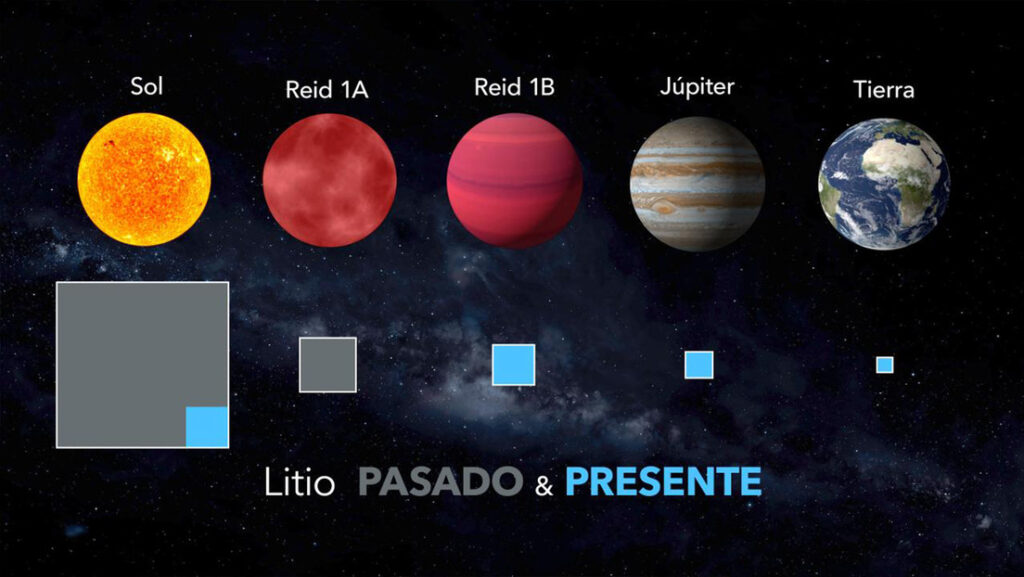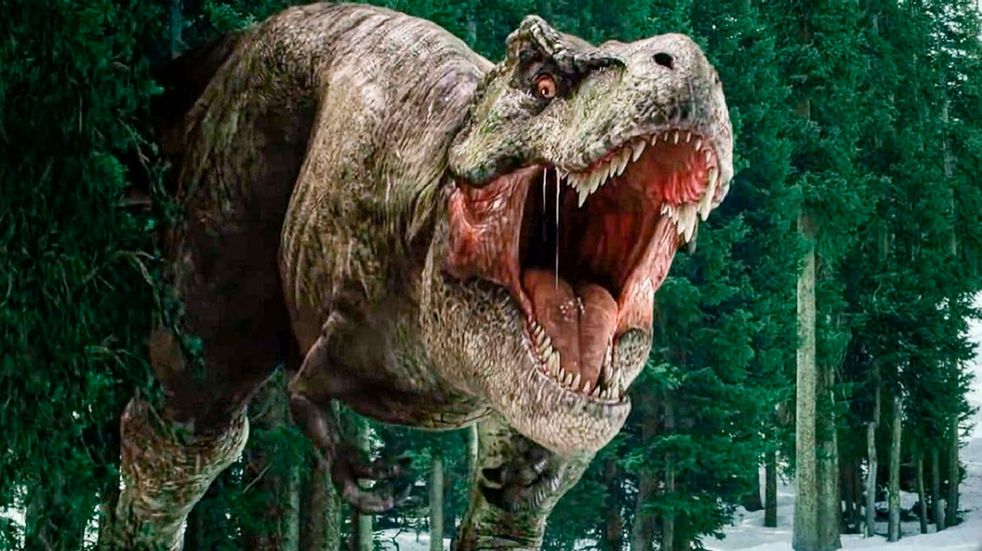
Researchers have discovered the remains of a gigantic, carnivorous dinosaur, Meraxes gigas. The dinosaur belongs to genus of therapod dinsoaurs known as Carcharodontosaurus. The creature provides hints about the evolution and biology of dinosaurs with large heads and small arms, like the well known Tyrannosaurus Rex. Together, Meraxes and the T. Rex are examples of convergent evolution, where two creatures came up with the same strategies because of selection pressures. The fossil was first discovered in 2012, and has only been described now, after the researchers spent years extracting, preparing and analysing the specimen. While measuring 11 metres in length and weighing more than 4,000, Meraxes was not the largest of the Carcharodontosauridae family, which includes one of the largest known carnivorous dinosaurs, Giganotosaurus.
Meraxes is the among the most complete carcharodontosaurid skeletons found in the Southern Hemisphere so far. One of the principle authors of the study, Peter Makovicky says, “The neat thing is that we found the body plan is surprisingly similar to tyrannosaurs like T. rex. But, they’re not particularly closely related to T. rex. They’re from very different branches of the meat-eating dinosaur family tree. So, having this new discovery allowed us to probe the question of, ‘Why do these meat-eating dinosaurs get so big and have these dinky little arms?'” The researchers used statistical analysis to find that all the largest predatory dinosaurs in the three therapod groups grew in similar ways, with the skulls growing larger and the arms shortening. Exactly why the T. Rex had such tiny arms has been a matter of heated scientific debate, with one recent theory suggesting that the shorter arms helped the massive carnivores avoid injuries during feeding frenzies. What exactly the arms were useful for, is something that researchers are struggling to explain. Makovicky says, “What we’re suggesting is that there’s a different take on this. We shouldn’t worry so much about what the arms are being used for, because the arms are actually being reduced as a consequence of the skulls becoming massive. Whatever the arms may or may not have been used for, they’re taking on a secondary function since the skull is being optimized to handle larger prey.” Meraxes is named after Rhaenys Targaryen’s dragon from George RR Martin’s epic fantasy series, A Song of Ice and Fire.
Recent Posts
- Astronomers detect first direct image of black hole expelling a powerful jet
- WhatsApp rolling out ‘reply with message’ feature within call notifications
- Multi-Device Pairing May Be Arriving for Apple Watch this Year
- Artificial Intelligence Discovers Hidden Giant, a Planet 5 Times Larger Than Jupiter
- Google CEO Sundar Pichai Talks Bard & The Future Of Search
Recent Comments

Astronomers detect first direct image of black hole expelling a powerful jet

Artificial Intelligence Discovers Hidden Giant, a Planet 5 Times Larger Than Jupiter

Scientists explain melting of Antarctic ice sheet dating back 9,000 years

An Unexpected Discovery: Hubble, ESA's Gaia Spot Double Quasar That Existed Over 10 Billion Years Ago

Astronomers detect first direct image of black hole expelling a powerful jet

WhatsApp rolling out ‘reply with message’ feature within call notifications

Multi-Device Pairing May Be Arriving for Apple Watch this Year


